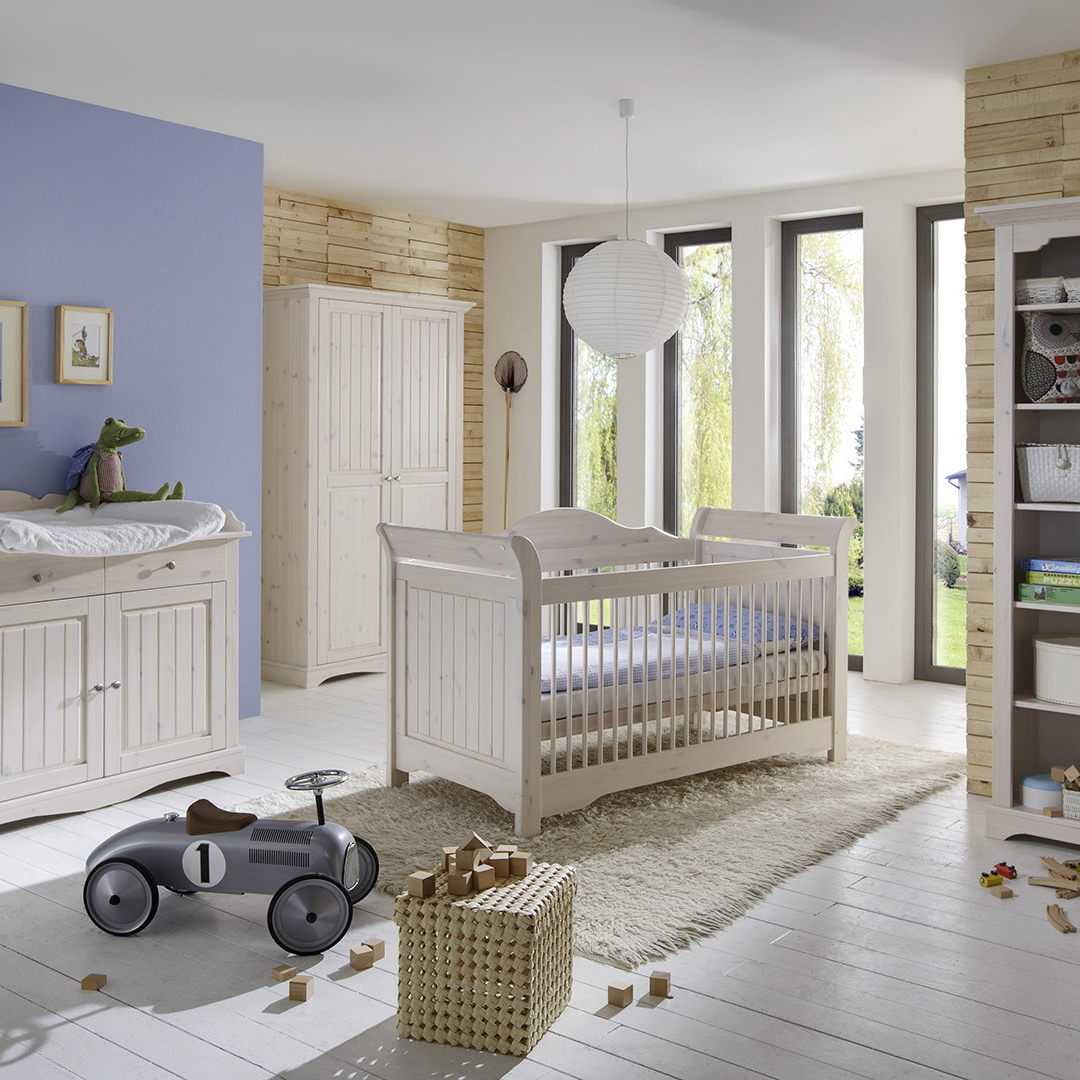
The White House is a familiar and iconic landmark recognized around the world. The stately neoclassical structure is home to the President of the United States and his or her family, as well as a living museum of American history. The residence has 132 rooms on six levels, 35 bathrooms, 28 fireplaces, eight staircases, and three elevators. The house also includes a tennis court, jogging track, swimming pool, movie theater, and bowling alley.
The original house was designed by Irish architect James Hoban in 1798, based on the Leinster House in Dublin. Hoban’s design was one of several that were submitted to the federal government, including those from architects from England and the United States. Hoban’s design was a refined Georgian mansion with Palladian elements.
President George Washington chose the site for the White House in 1800, but the house wasn’t completed until John Adams moved in. Since that time, every president and his or her family has lived at 1600 Pennsylvania Avenue.
Over the years, first families have transformed the house to meet their needs and reflect their personal style. For example, during the Civil War, President Abraham Lincoln added the Map Room to display maps of military movements, a task later taken over by the Situation Room. The room still has a large map of the United States from World War II, when it was used by Franklin D. Roosevelt to consult military intelligence about the Nazi threat, according to the White House Historical Association.
In addition, presidents have added modern amenities to make the house more comfortable and functional. For instance, running water was installed during the Andrew Jackson administration, and electric lighting came to the house in 1891.
The White House has a variety of public rooms that host events and welcome visitors from all over the world. Some are more formal, such as the State Floor rooms that were originally used for receptions and ceremonial purposes. Others are more informal, such as the Yellow Oval Room, which was originally intended to serve as a meeting space for family guests.
There are a number of other spaces for social functions, such as the Entrance Hall and Cross Hall, which were designed as formal entrances to the State Floor. In the 19th century, the president would greet state visitors in the entrance halls, but this became too dangerous after Grover Cleveland’s presidency when crowds grew so large that they were trampled by the parade of people.
Other public rooms include the Diplomatic Reception Room, the Family Theatre, and the Guest Room. The East Wing, which was built during World War II to provide more office space for the staff, is now the primary location of the office of the first lady. This is where the first lady and her staff work to prepare invitations for social events, prepare dinners, and manage other responsibilities of the executive office. This space also houses a library and the White House Museum.

